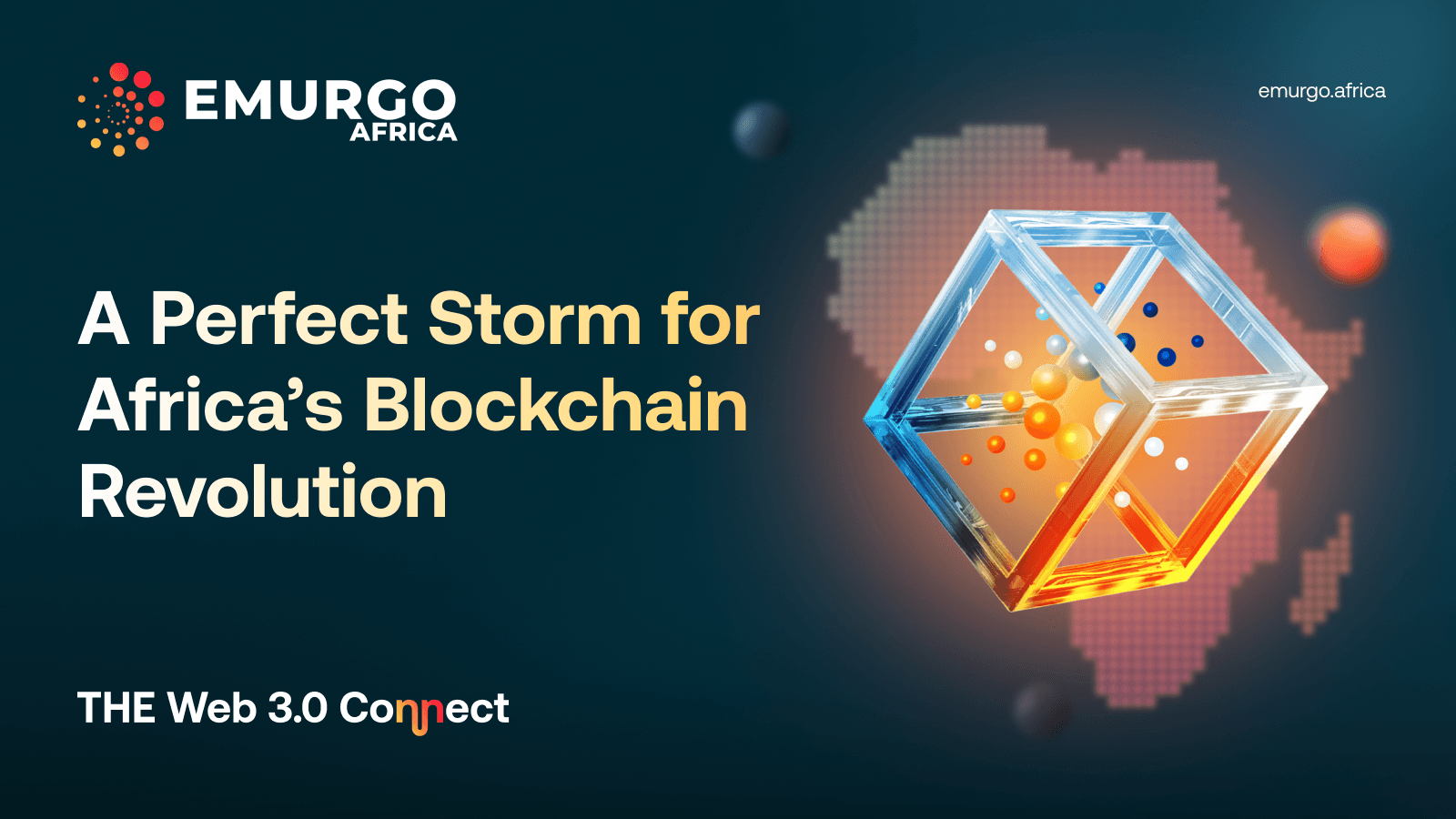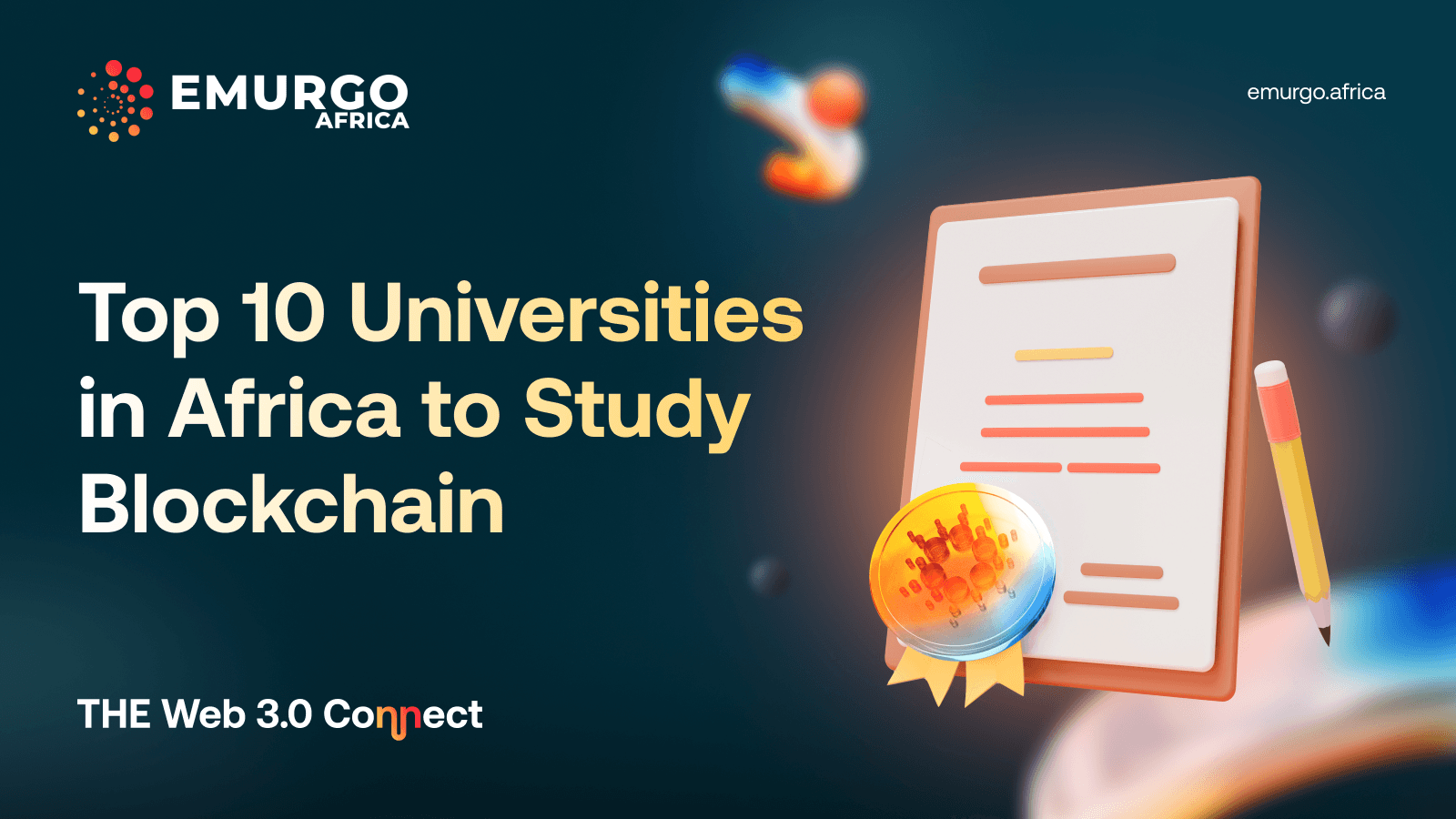Newsletter for Web3 Investment in Africa
Key Takeaways
- Crypto cross-border payments in Africa will likely record more demand, while crypto startups are expected to expand their businesses in 2024.
- Web3 payment services are set to mount pressure on traditional banks and remittance firms to lower transaction fees in Africa.
High Transaction Costs Fuel Demand for Crypto Remittances
The cost of sending money in Africa is the highest in the world, with an average cost of 8% (pdf), compared to the global average of 6.8% according to the World Bank’s December 2022 data. In some countries, according to the bank’s 2021 extensive data, the cost is even higher. The average cost of sending $200 from Tanzania was 27%, Nigeria 19%, South Africa 14.7% and Kenya 13.9%.
More into this is a 2022 Chainalysis report that suggests that payment fees for remittances could reach €200 for a Kenyan residing in Europe who wishes to remit €1,000 to his home country. Another 2022 report by the Zagreb International Review of Economics & Business (pdf), shows sending $1,000 across borders via a blockchain network costs three times lower than transferring the same amount via banks in Croatia.
The Chainalysis report highlights that the use of crypto assets, such as Bitcoin and M-Pesa, could offer a more cost-effective solution, without the 20% fee and even generating a 4% profit, hence the seismic drift from the use of banks and remittances firms to crypto platforms.
High transaction fees are attributed in part to the lack of competition, high operational costs, currency conversion fees, and compliance costs.
To send money via these two ways requires the sender to travel to a bank or remittance shop physically and queue to wait for their turn to be served. Yet, despite this time waste and high transaction fees, the amount being transacted is subject to further reduction through low foreign currency exchange rates at the banks or remittance bureaus. Up to 5% of transaction value is lost during currency conversions.
Why Africa Relies Heavily on Remittances
The Sub-Saharan African region has experienced a substantial impact from the weakening economy triggered by the COVID-19 pandemic, coupled with its limited economic resilience in comparison to other global regions. Additionally, the surge in grain prices, influenced by Russia's invasion of Ukraine, has exacerbated the challenges faced by the Least Developed Countries in Sub-Saharan Africa.
Given that Sub-Saharan Africa relies on imports for 85% of its wheat, with 28% originating from Ukraine and Russia, the repercussions of these events have been particularly significant. The economic downturn in the region has heightened the reliance on remittances from African-born migrants residing abroad, directed towards their families and relatives in Sub-Saharan Africa.
Over the past three decades, there has been a remarkable increase in the number of African immigrants to the US, rising from 560,000 in 2000 to 1.9 million in 2019, as reported by the Pew Research Center (pdf). This surge in immigration has resulted in a substantial rise in remittances to Sub-Saharan Africa, soaring from $4.6 billion in 2000 to $49 billion in 2021.
In 2022, remittance inflows into the whole of Africa totalled an estimated $100 billion, accounting for nearly 6% of the continent’s total GDP, according to the UN. This is approximately twice the level of overseas development assistance. Remittances as a share of GDP are significant in the Gambia (28%), Lesotho (21%), and Comoros (20%). Remittances have also become a major source of foreign exchange for many African governments.
As the number of immigrants from Africa residing outside the continent is expected to rise (9.5m by 2060), along with a continued demand for remittances, the adoption of crypto assets is likely to persist. The appeal lies in their ability to maintain low remittance fees and facilitate quicker transactions compared to traditional methods
Cross-border transaction charges by major banks in Africa
Why Web3 Payment Platforms are the Solution
There’s a shift towards crypto transactions, as they are faster, consumes less time to send because there is no paperwork required for identity as compared to banks and remittance firms. Of the $48 billion remitted to sub-Saharan Africa in 2019, Chainalysis estimates that up to $562 million worth of payments were facilitated by cryptocurrencies.
With global remittances totaling $626 billion in 2022, even a 1% reduction in fees could put more than $6 billion into the pockets of those who need it.
According to the Brookings Institution’s 2022 Foresight Africa report, cryptocurrencies have had a great potential to improve remittance payment systems. While international wire transfer fees cost an average of 7% of the total amount sent and could take several days to clear, some cryptocurrencies support foreign exchange and money transfers for less than a dollar and process payments in seconds.
Cryptocurrency transfers associated with remittance payments have experienced rapid growth, both in terms of value and volume, since the start of the Covid-19 pandemic.
Since cryptocurrency platforms bypass traditional banking services by introducing decentralized peer-to-peer lending services, they can help level the economic playing field and are well-positioned to address a number of economic challenges in the region.
Cross-border charges by Africa’s popular money transfer platforms
NOTES: Money can be transferred from these platforms to be withdrawn via the same platform, bank, cash out agent or mobile money agent. Every transaction fee is inclusive of foreign currency conversion costs.
Some platforms such as World Remit indicate a transaction fee of as low as $0.99 but the forex conversion rate is low compared to competitors e.g 141 vs 146 (Moneygram) for USD to KES conversion.
Sending from a credit card to for cash collection attracts even higher rates. For the case of Moneygram, the cost is $11.99. Xoom is a PayPal service and was therefore not included in this list. Some platforms have hidden fees that are embedded in the transfer fees as service fees and receiver fees.
*Chipper Cash started charging a fee for transactions that fail to get processed due to insufficient funds in Nigeria and Uganda in May and July 2023, respectively. While transactions are mostly free, its video selfie verification process hardly works and even when it does, the cashout process never works most of the time.
Sendwave is a fee-free service, but it charges 3% for currency conversion
Due to their near-instant transaction speed, remittances done via crypto platforms come in handy for individuals and businesses relying on timely release of funds to pay for emergent needs such as health, evacuation, school fees or food.
Cross-border payment fees on Africa’s popular crypto trading platforms
Cross border remittance cost comparison in Africa
Mitigating Currency Plunge and Fraud Risk
African countries are experiencing significant currency volatility, which in turn is negatively impacting the value of remittances. Countries such as Nigeria, Zimbabwe, Kenya, Sudan, Ghana have dismally performing currencies. Currency volatility has a wide range of effects including inflation, loss of purchasing power and overall reduction in standard of living.
Cryptocurrencies, especially bitcoin and stablecoins like USDT, are offering a potential solution by providing a stable digital asset that is not tied to any specific national currency. Stablecoins such as USDT and USDC, which are crypto tokens pegged to the US dollar, are already offering a reliable alternative for remittance transfers. By utilizing stablecoins, senders can protect the value of their remittances, mitigating the impact of currency fluctuations on their families’ financial well-being.
Additionally, blockchain technology, the underlying infrastructure of cryptocurrencies, provides transparency by recording all transactions on a public ledger. This transparency helps to reduce fraudulent activities and ensure the security and accountability of remittance transfers, benefiting both senders and recipients.
The emergence of cryptocurrency-based remittance platforms tailored specifically for African markets has further accelerated the transformation of remittance practices. These platforms leverage blockchain technology to provide secure and efficient remittance services. They often incorporate user-friendly mobile applications and mobile money platforms, allowing individuals to send and receive funds with ease.
Some platforms even offer additional features like instant bill payments and access to other financial services, further enhancing the value proposition of cryptocurrency-based remittance.
DISCLAIMER: The information in this content (website or other form) does not represent an offer or commitment to provide any product or service. The analysis, opinions and estimates expressed in this content are those of the respective authors, and may differ from those of EMURGO Africa and/or other EMURGO Africa employees and affiliates. Copying, re-publishing or using this material or any of its contents for any other purpose is strictly prohibited without prior written consent from EMURGO Africa.



